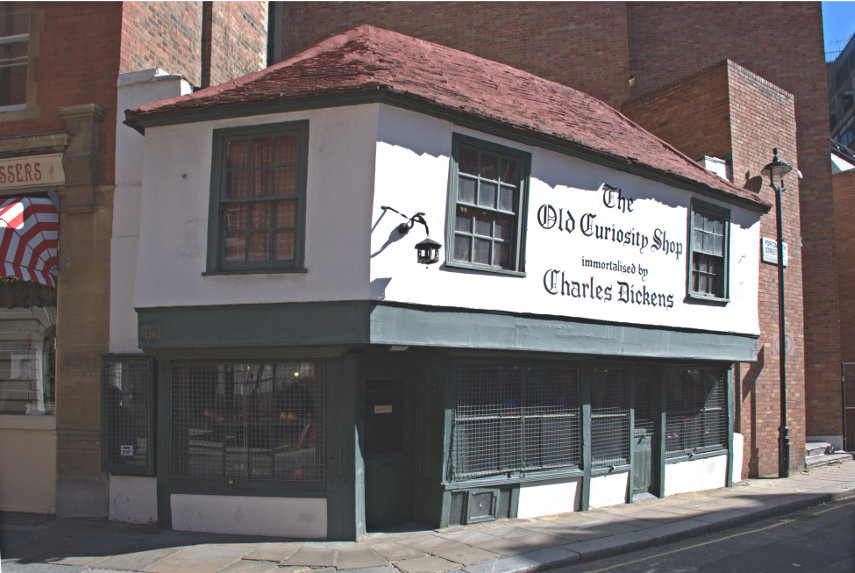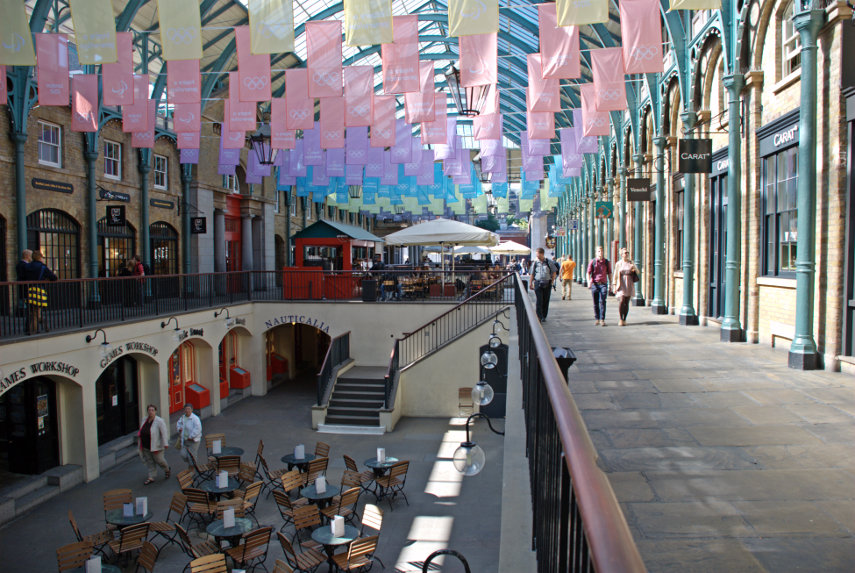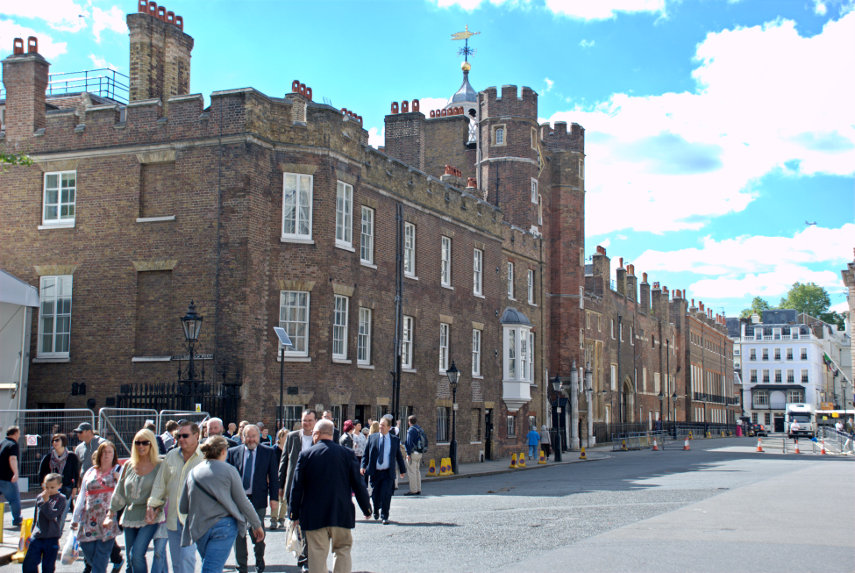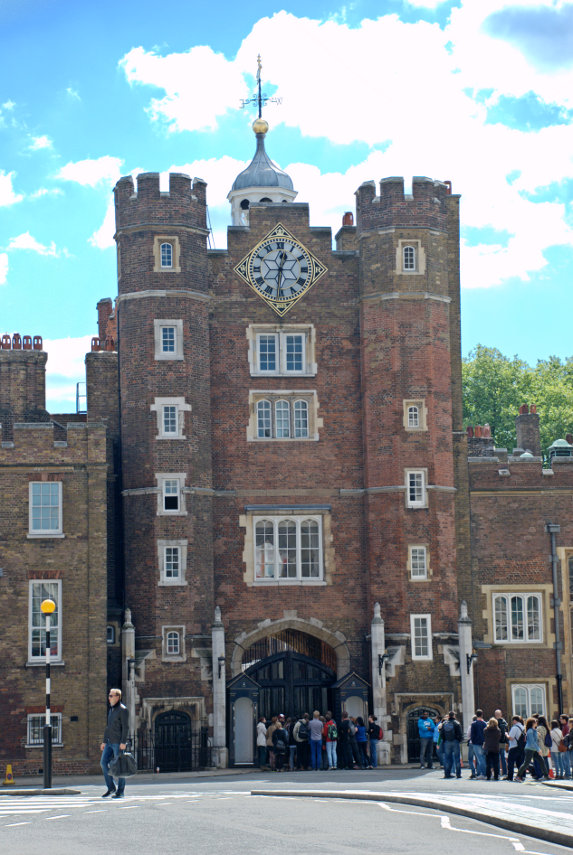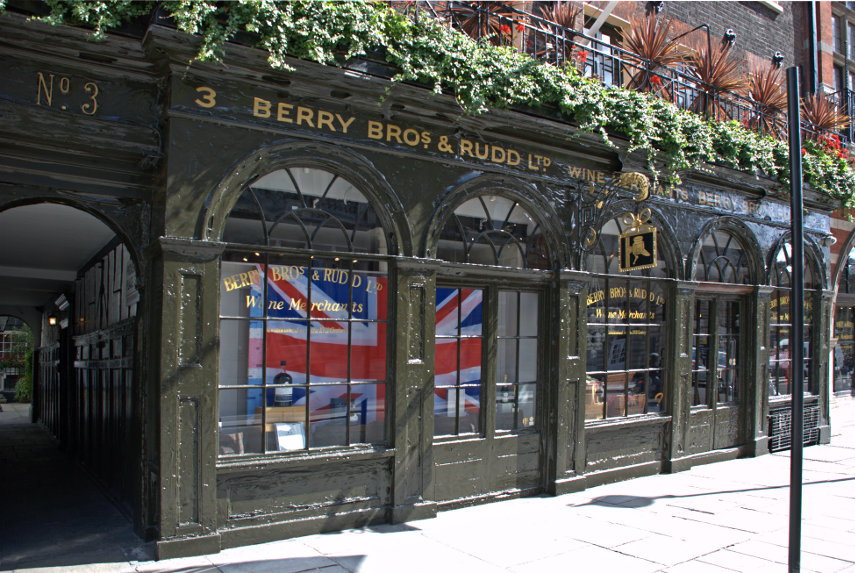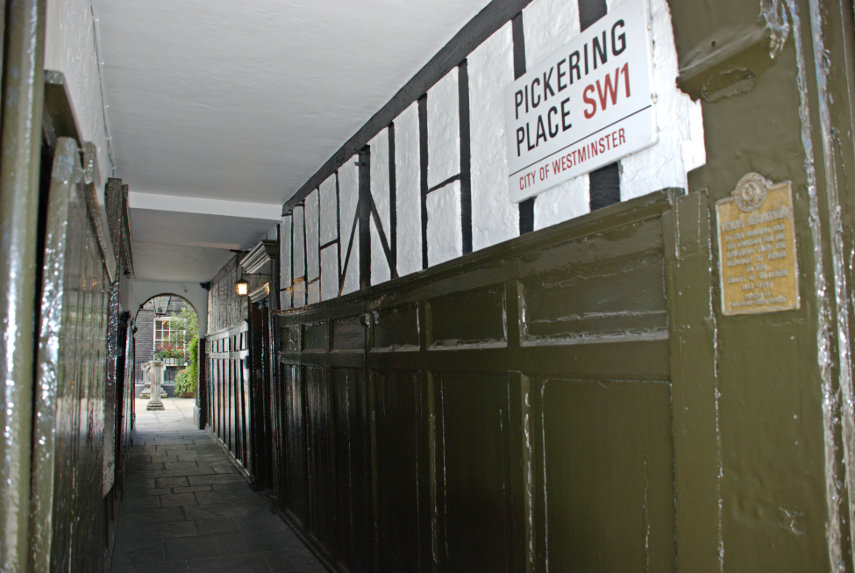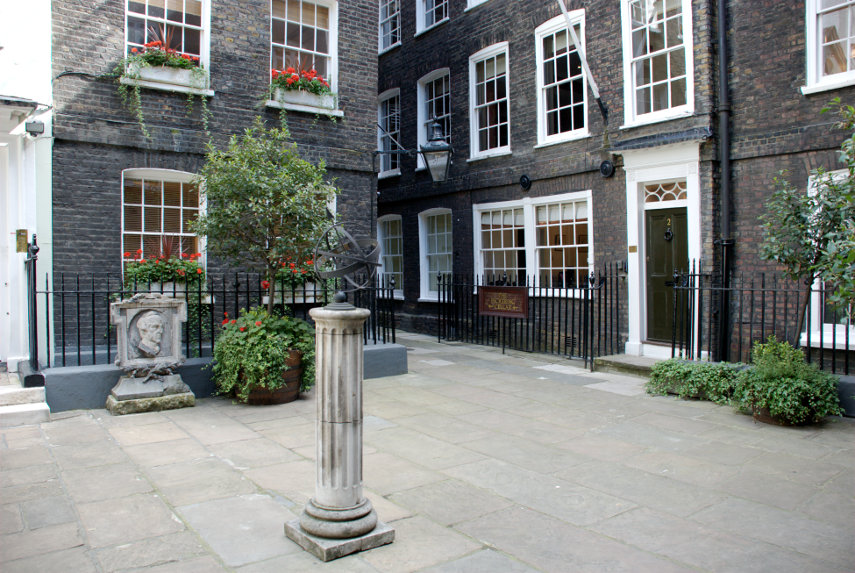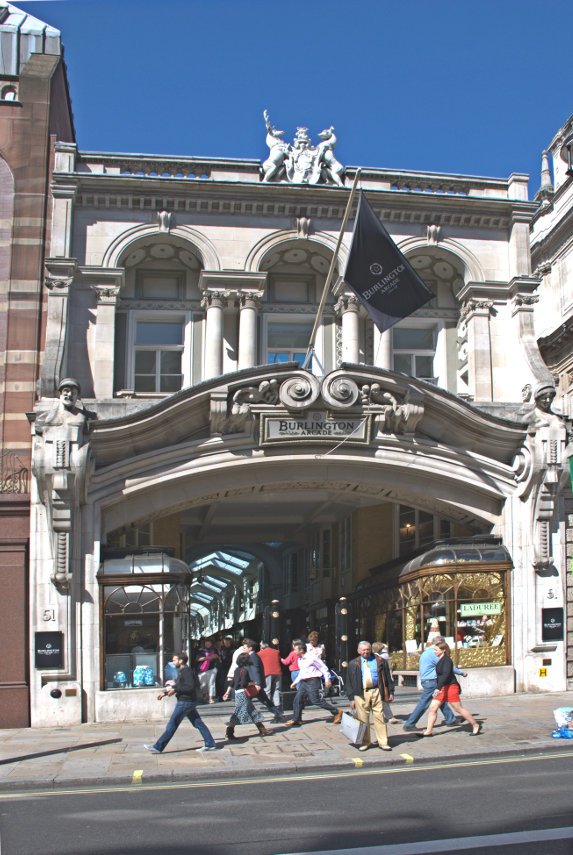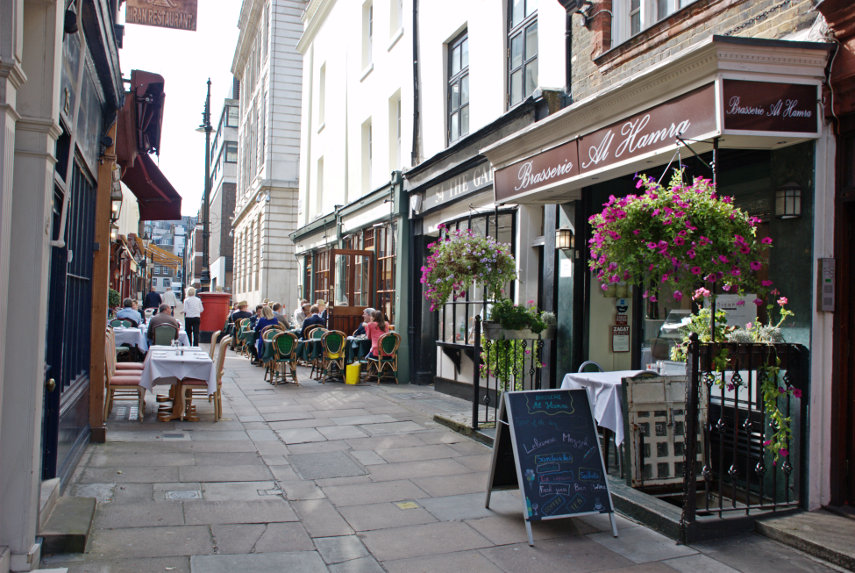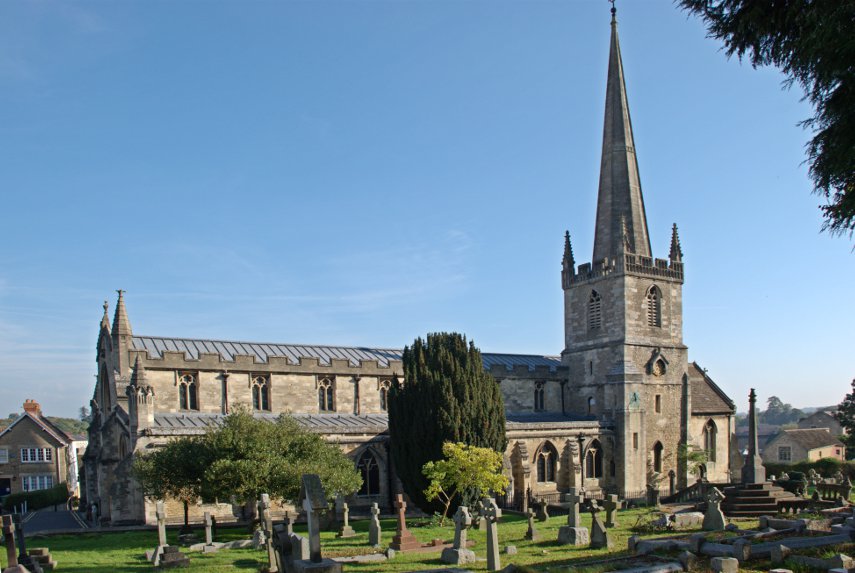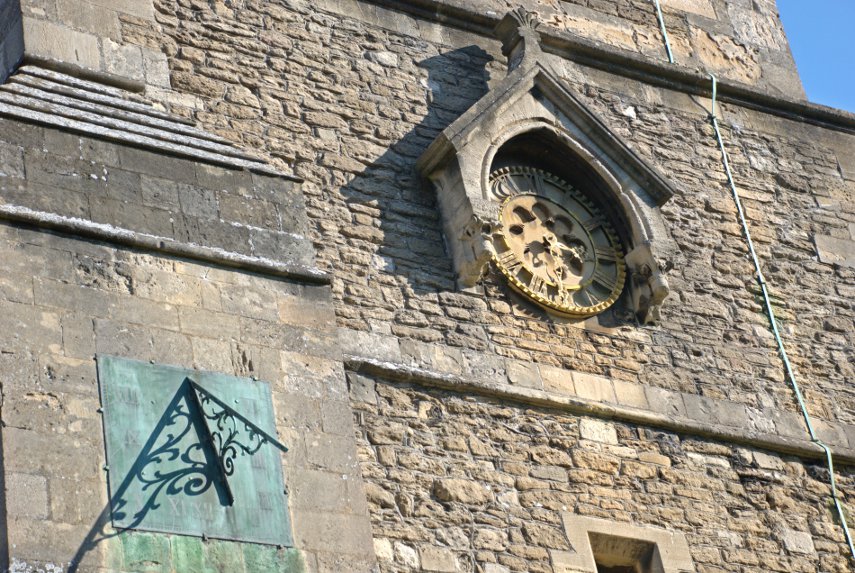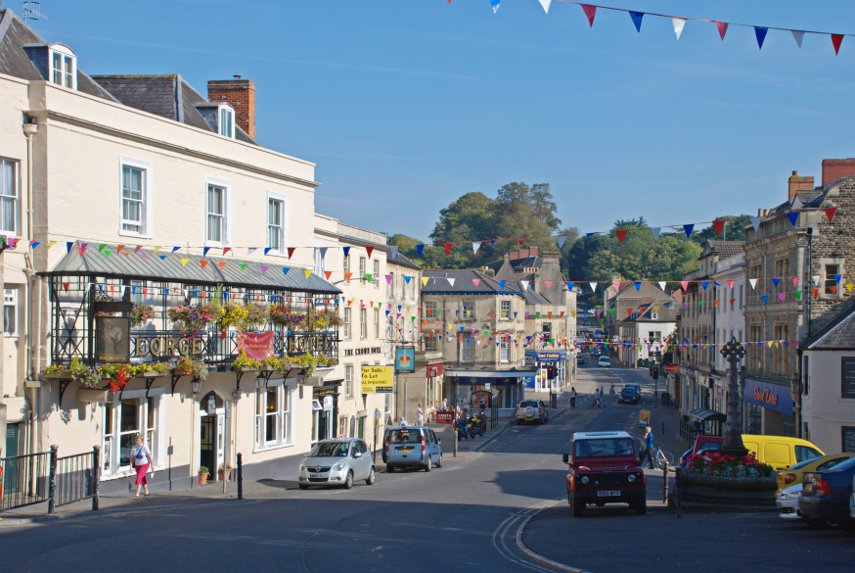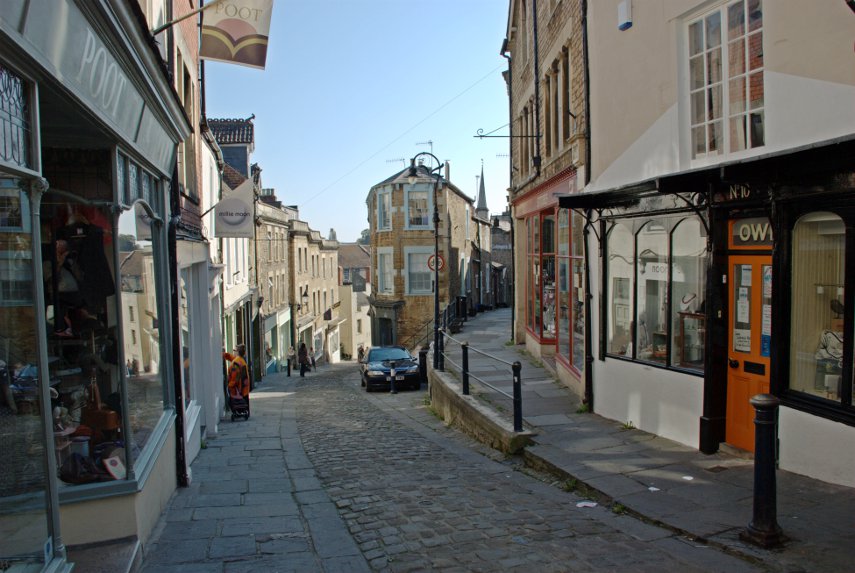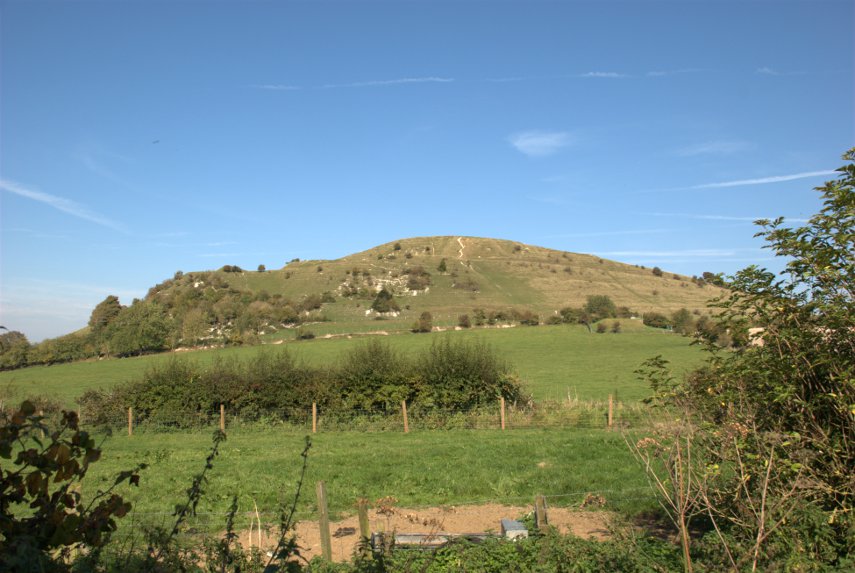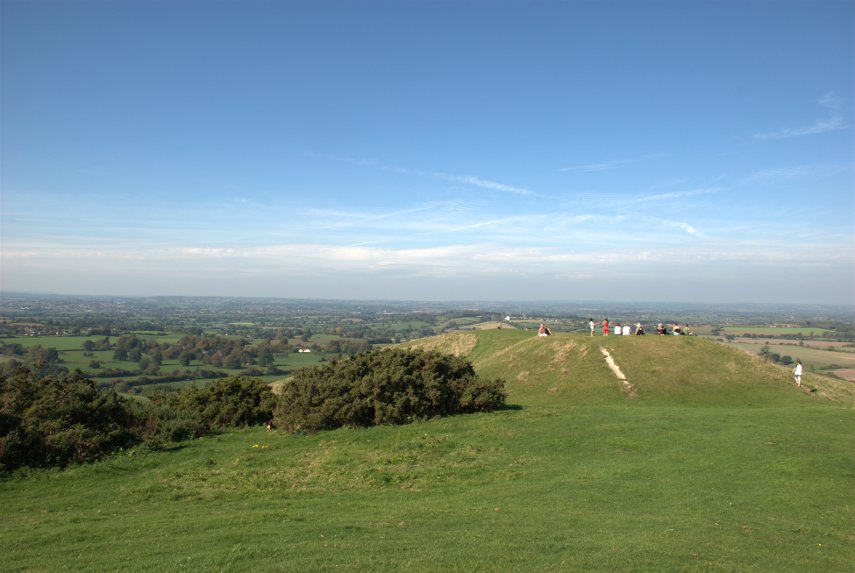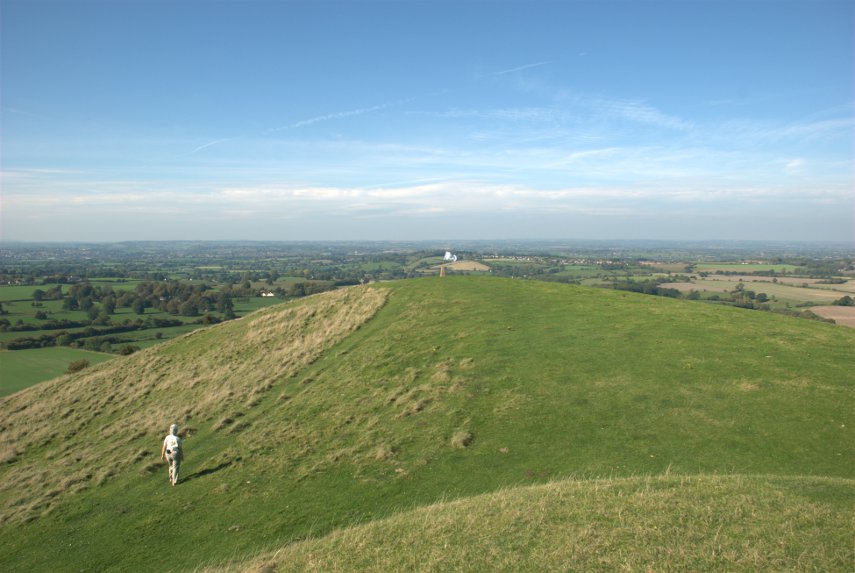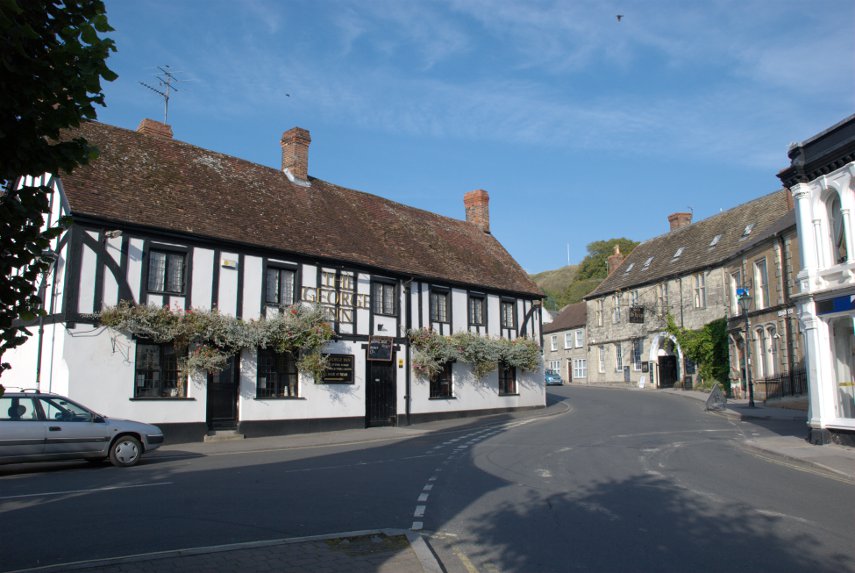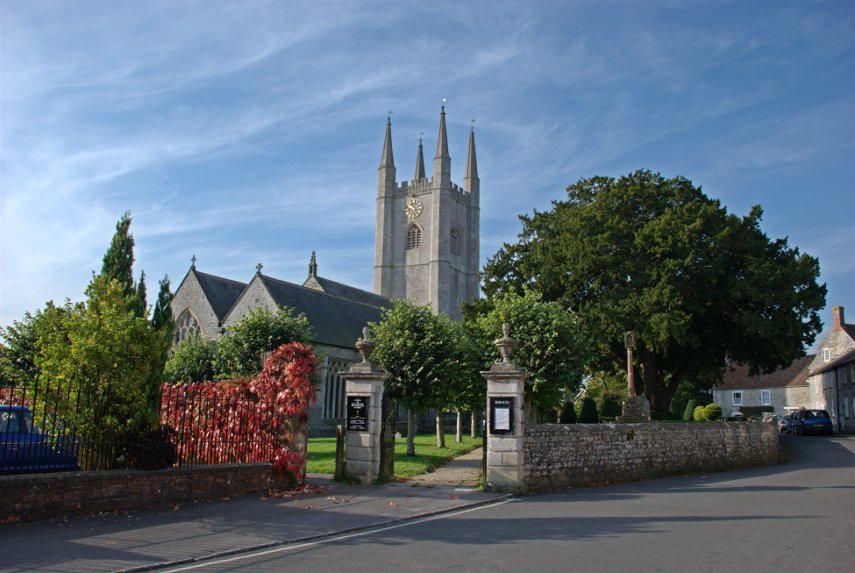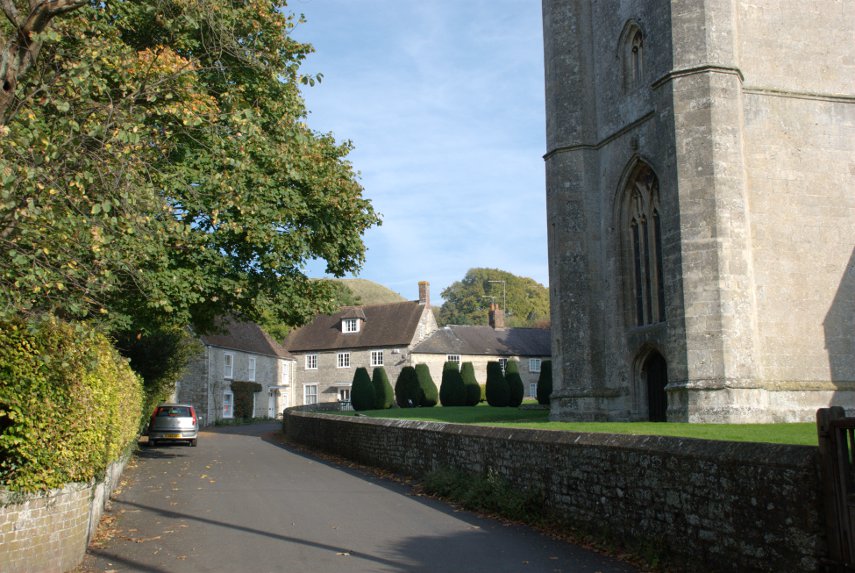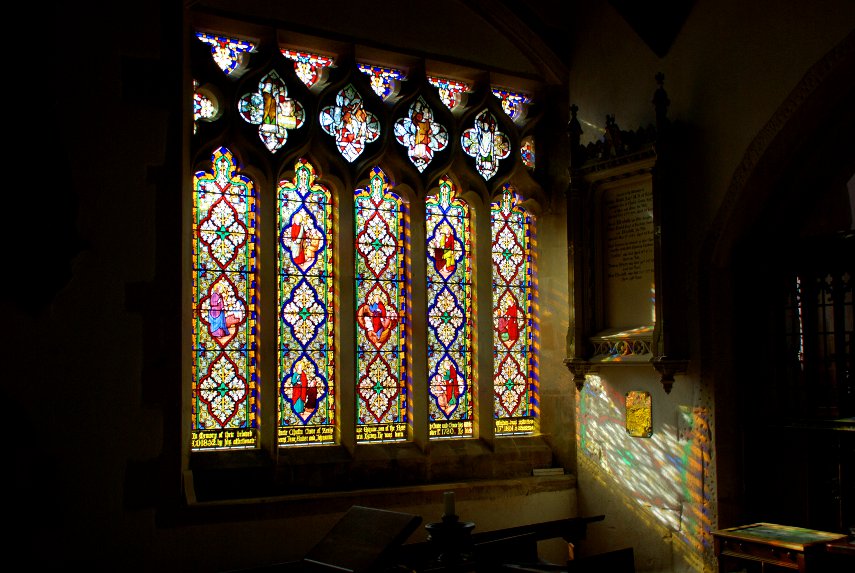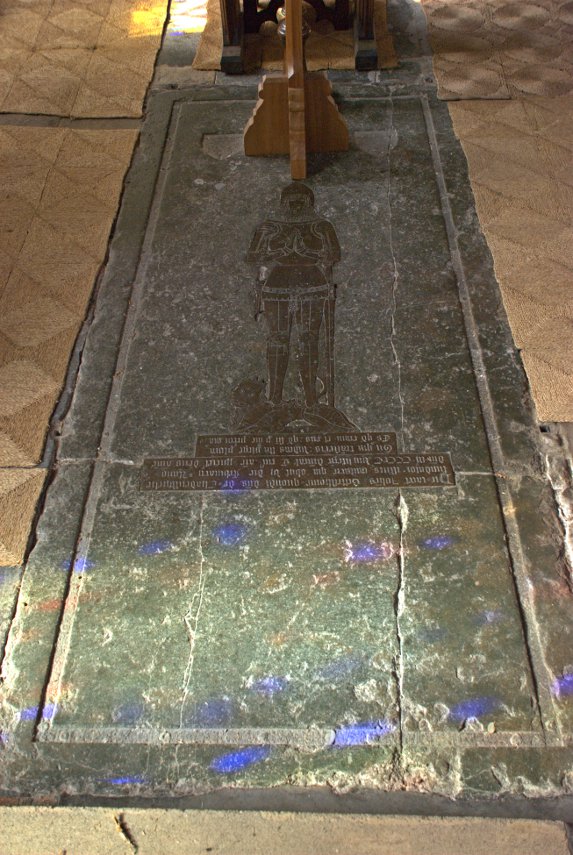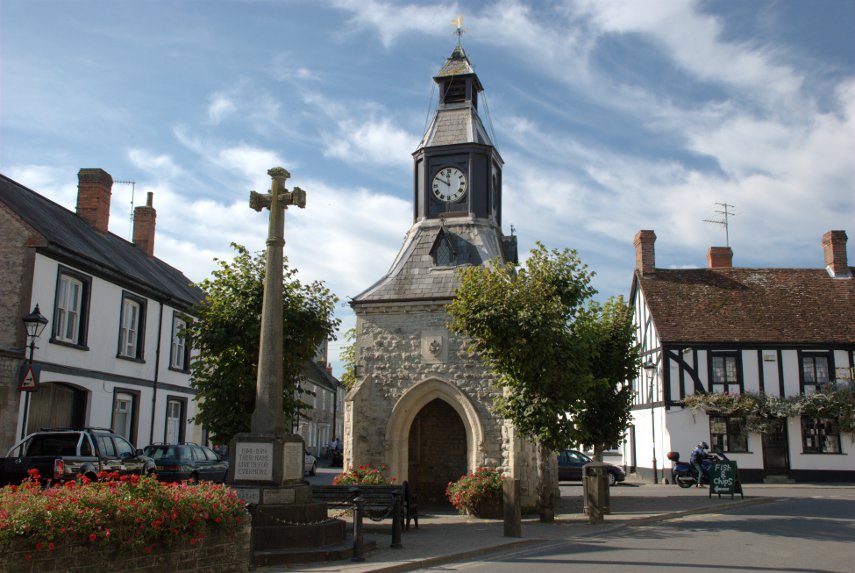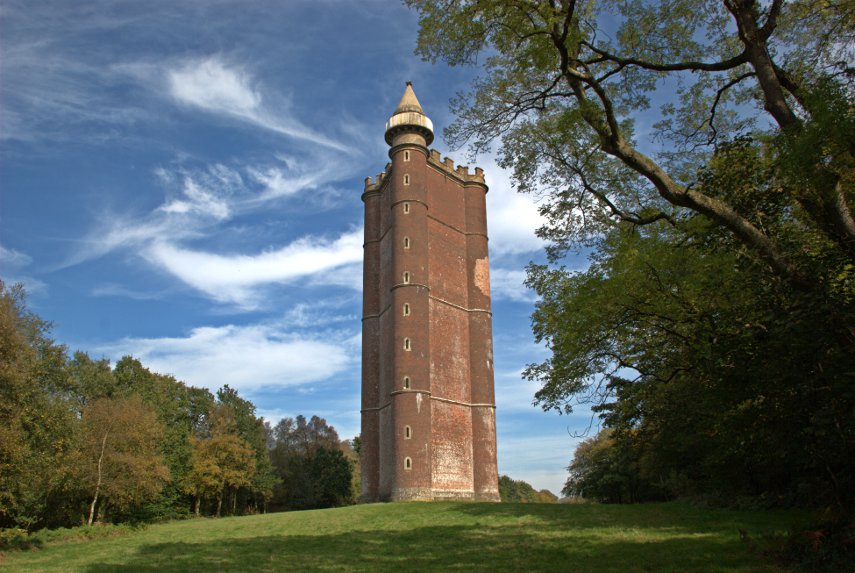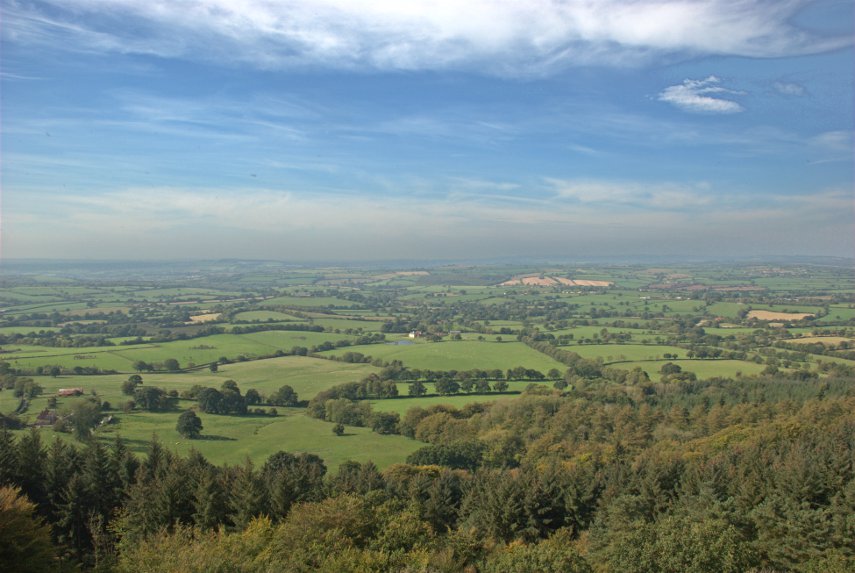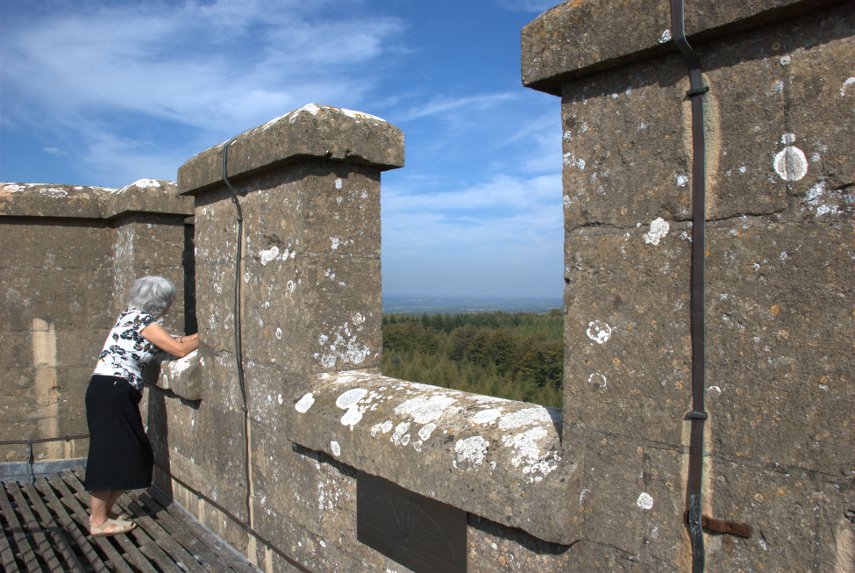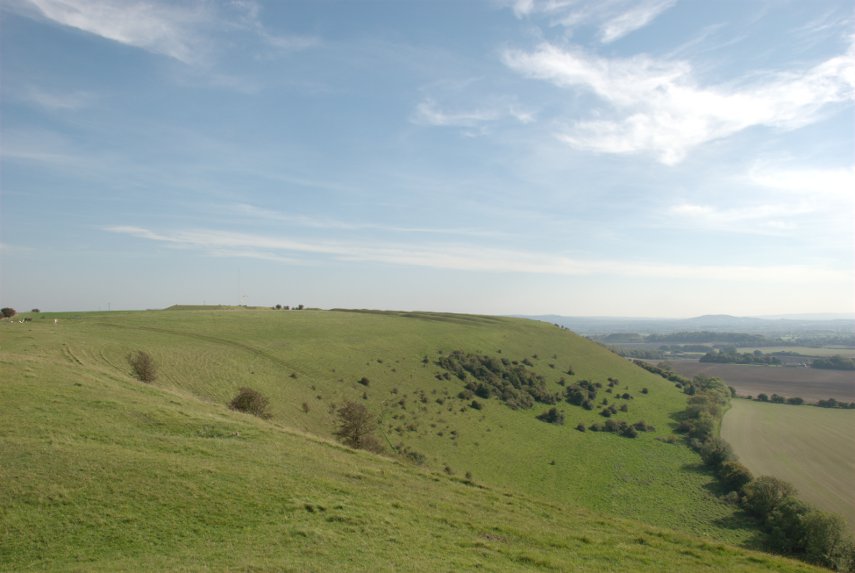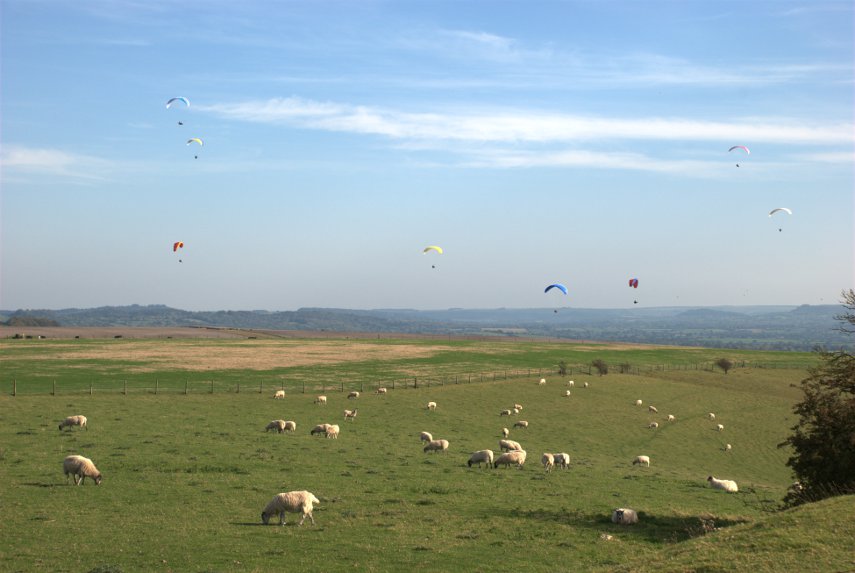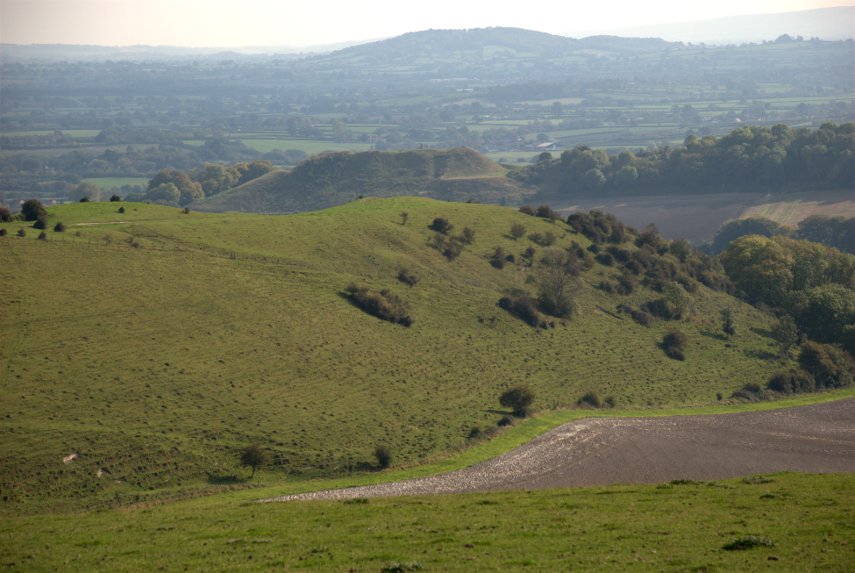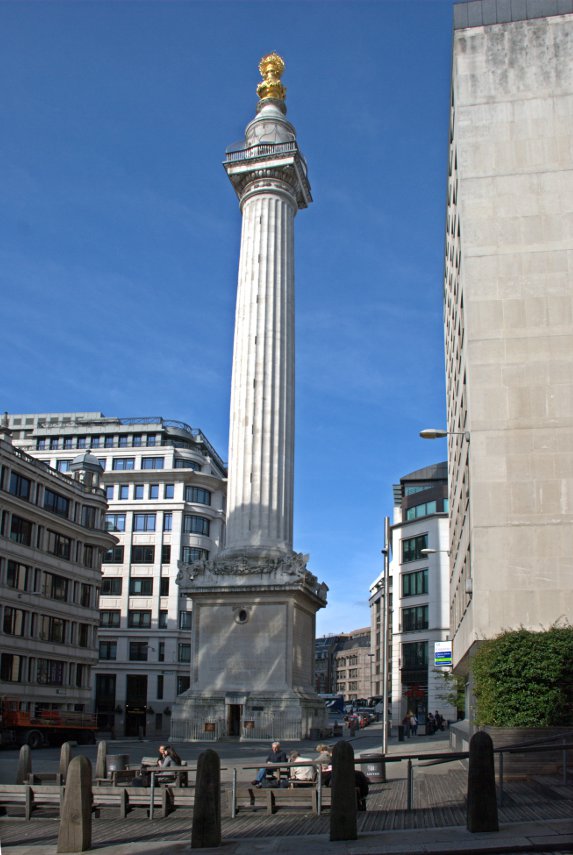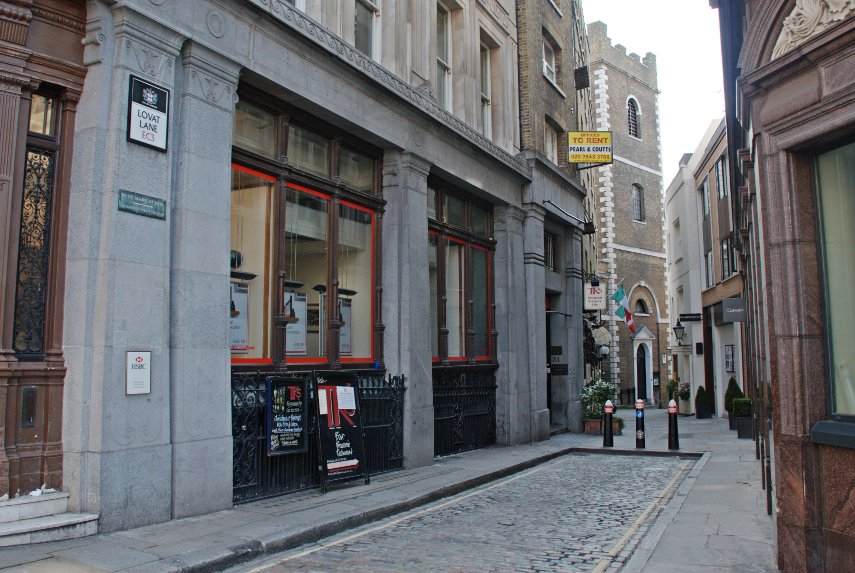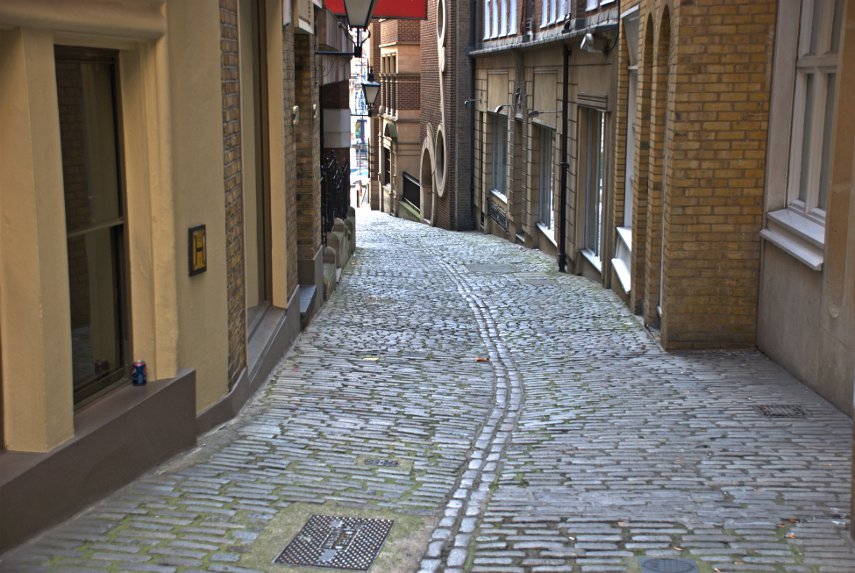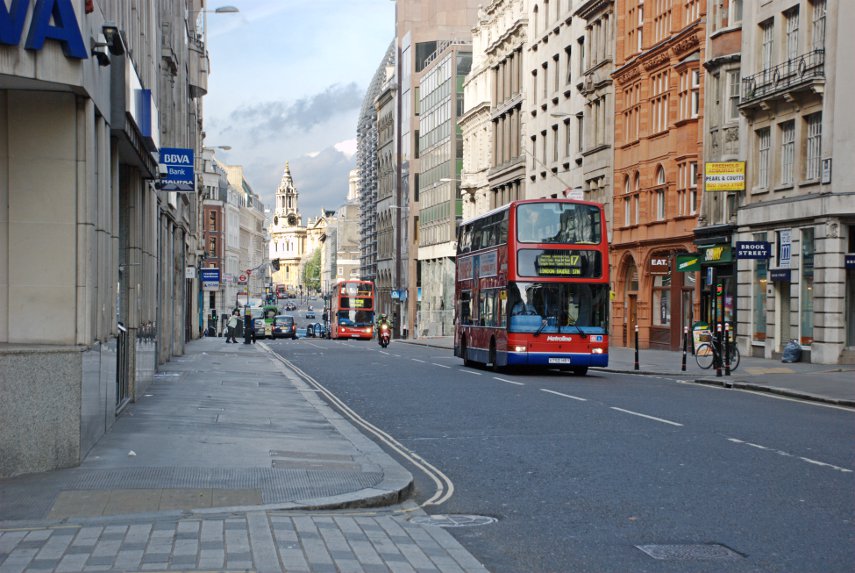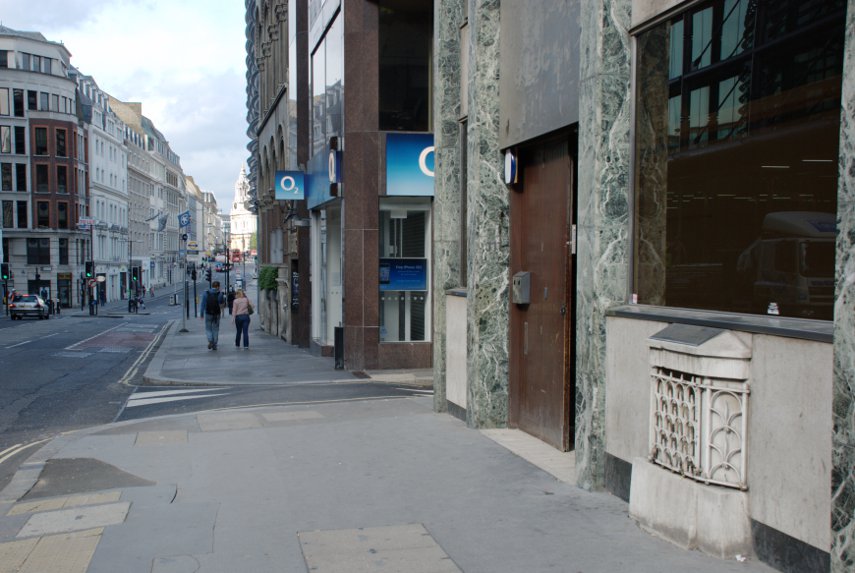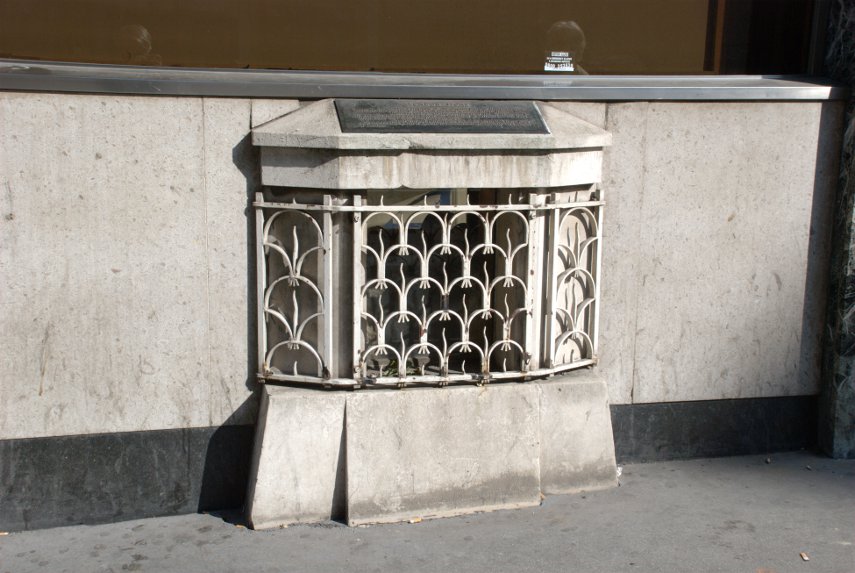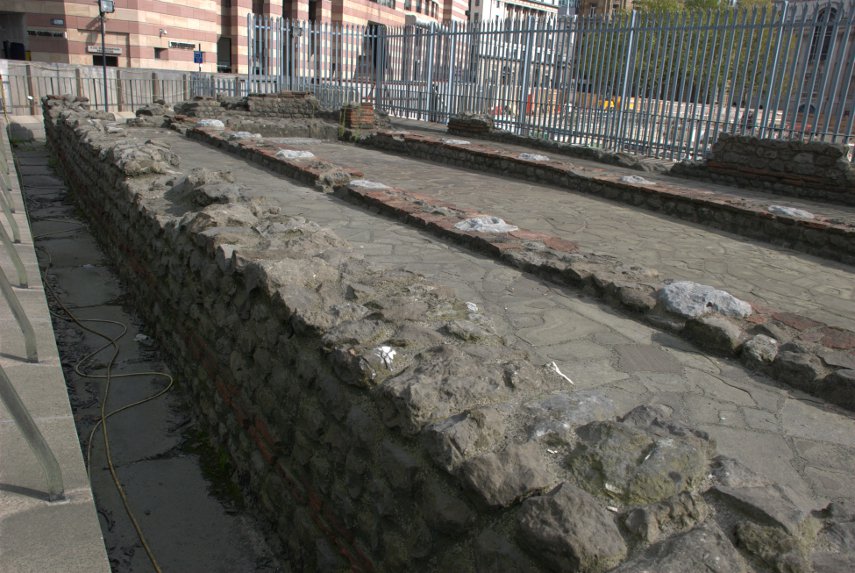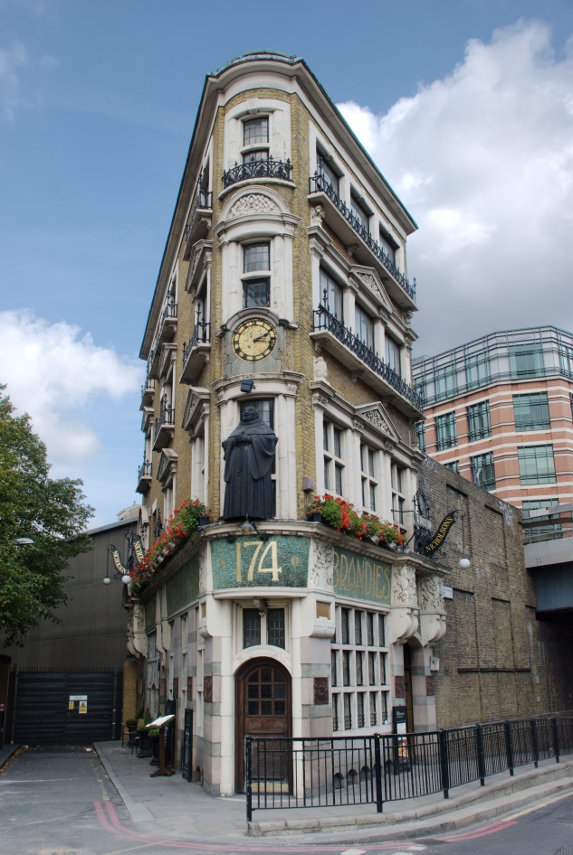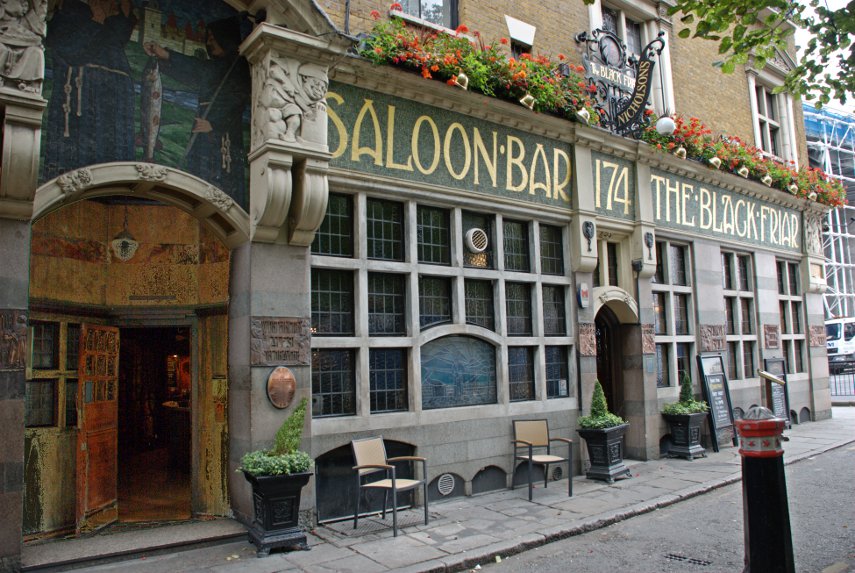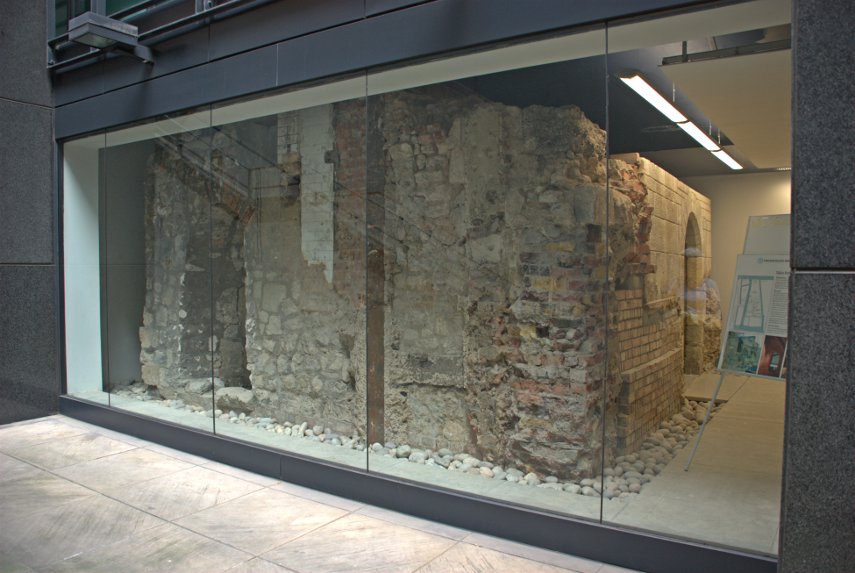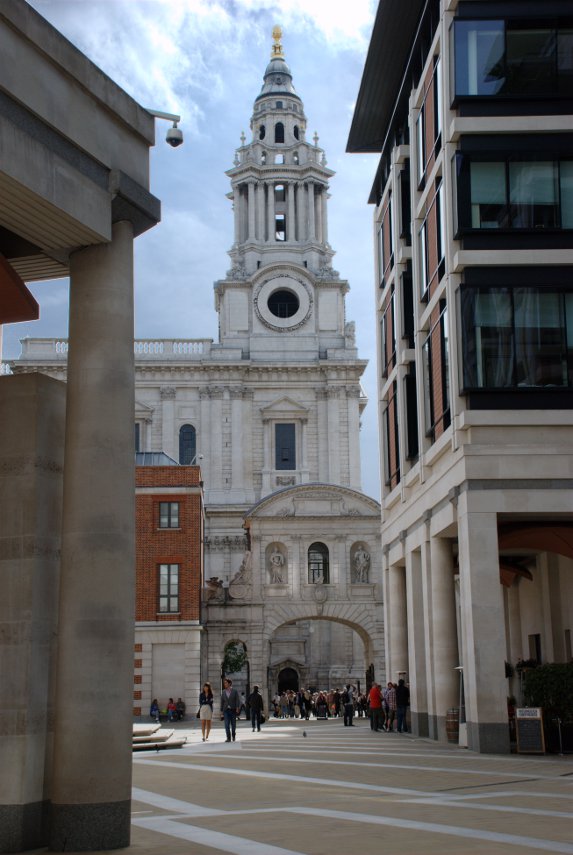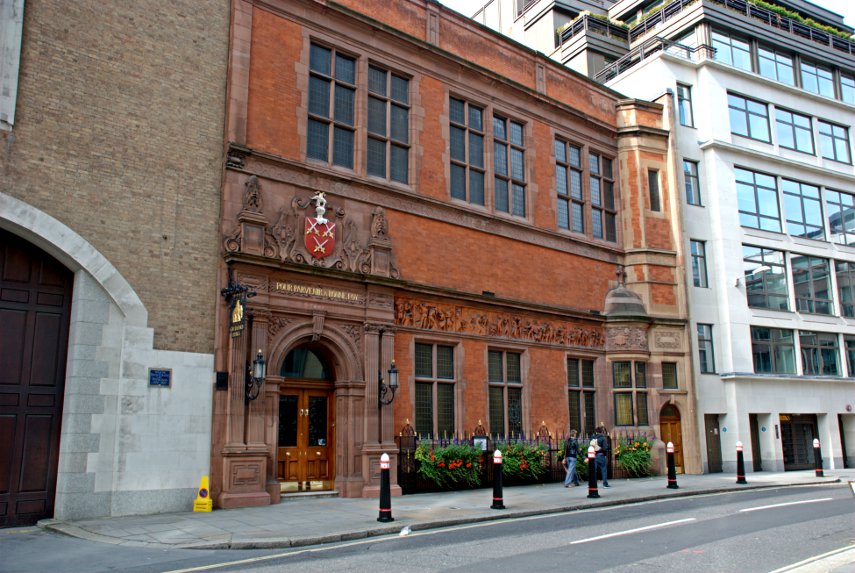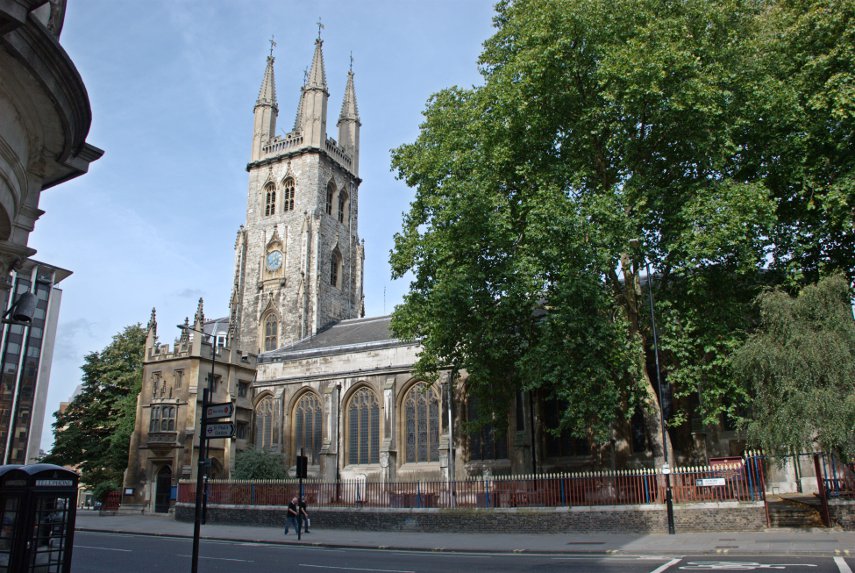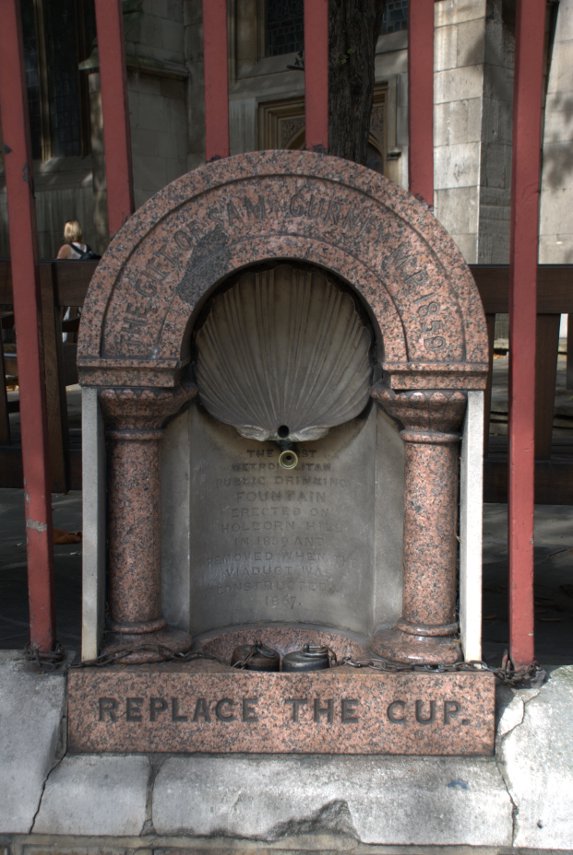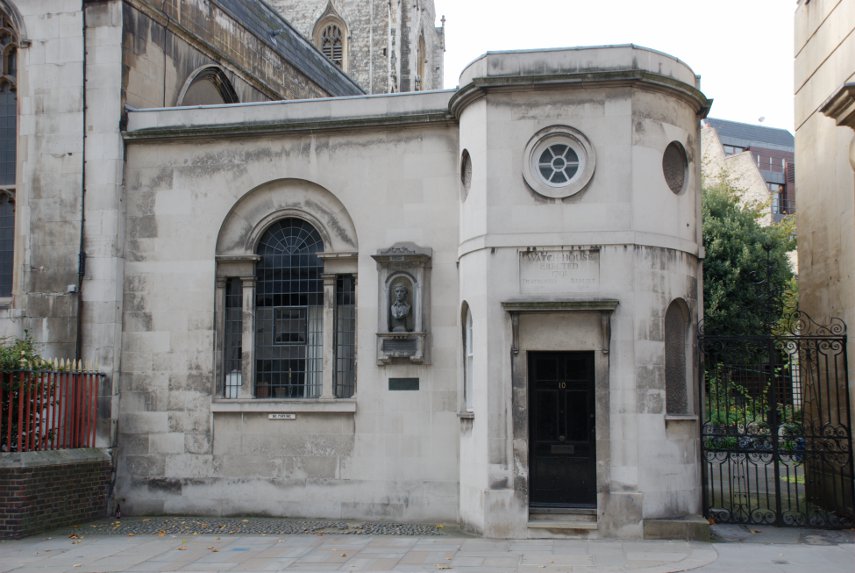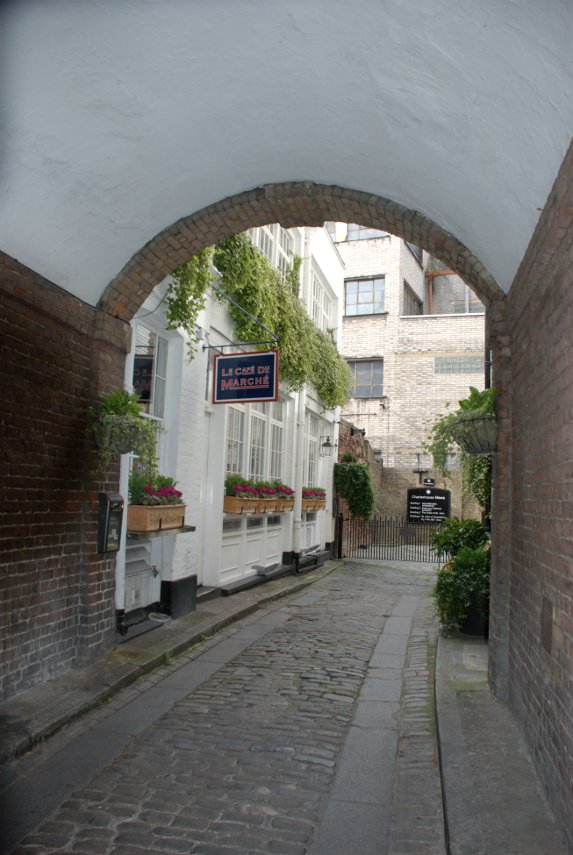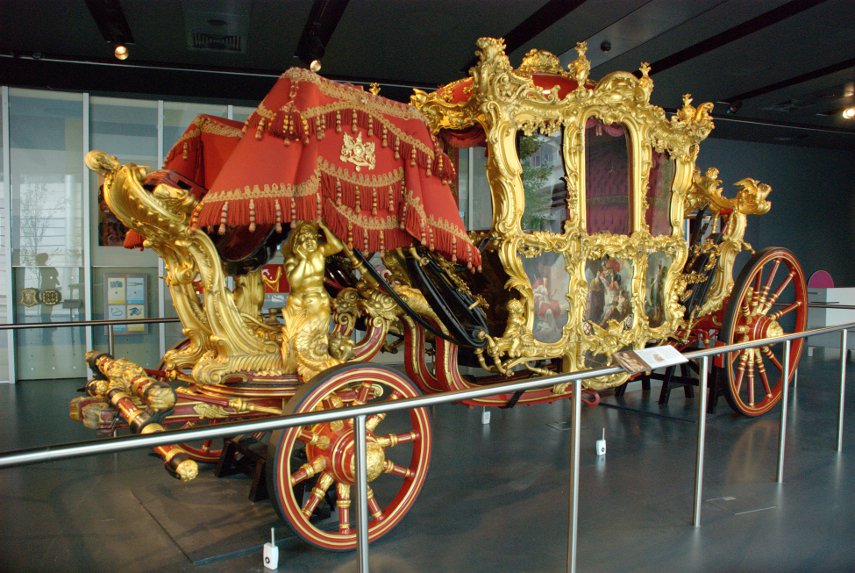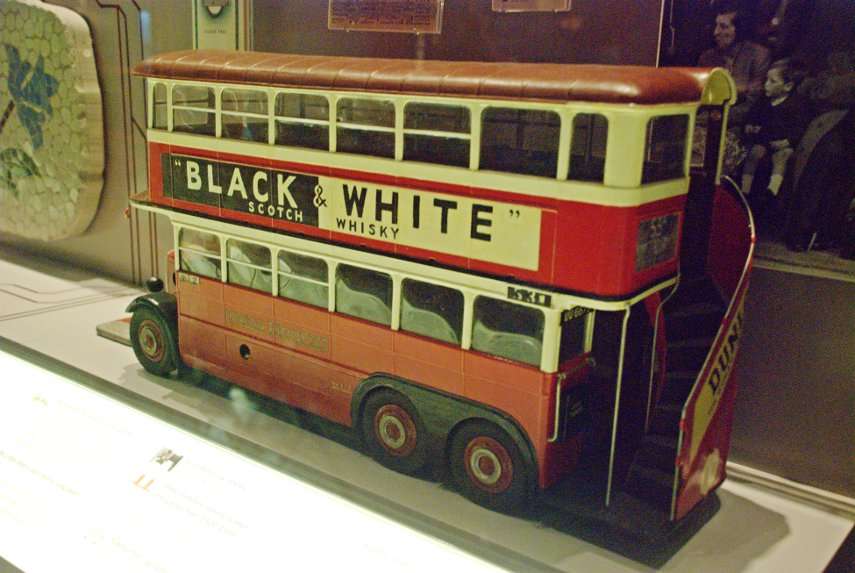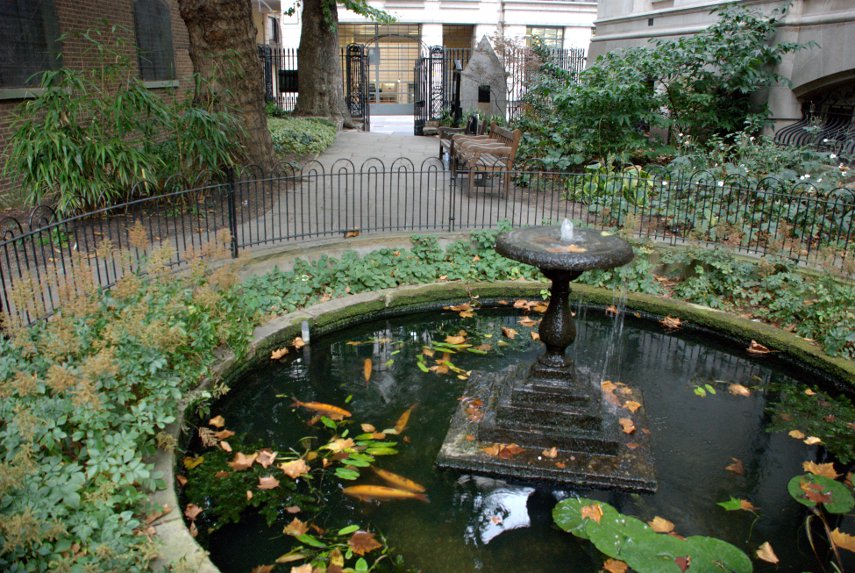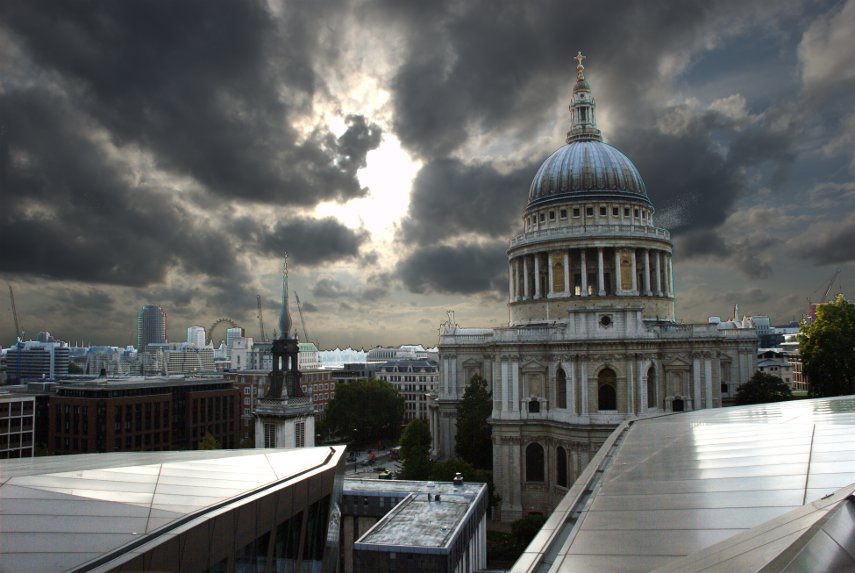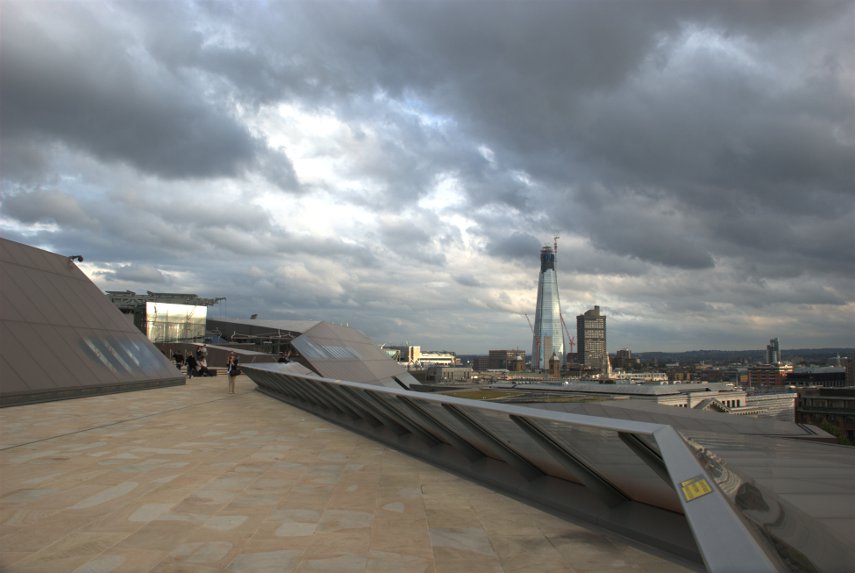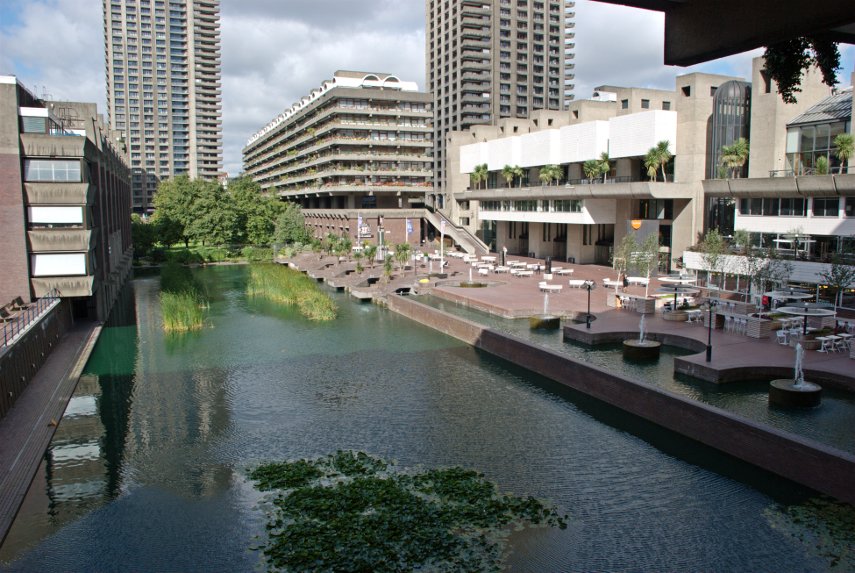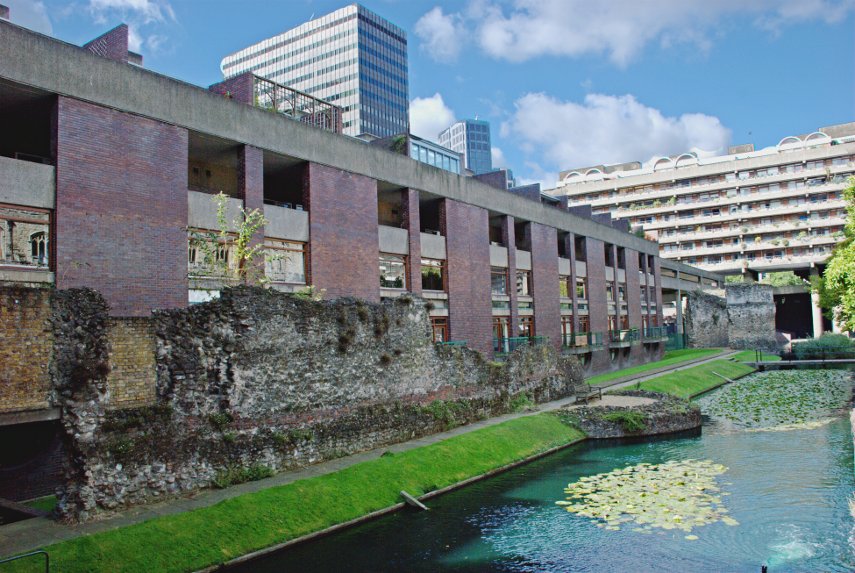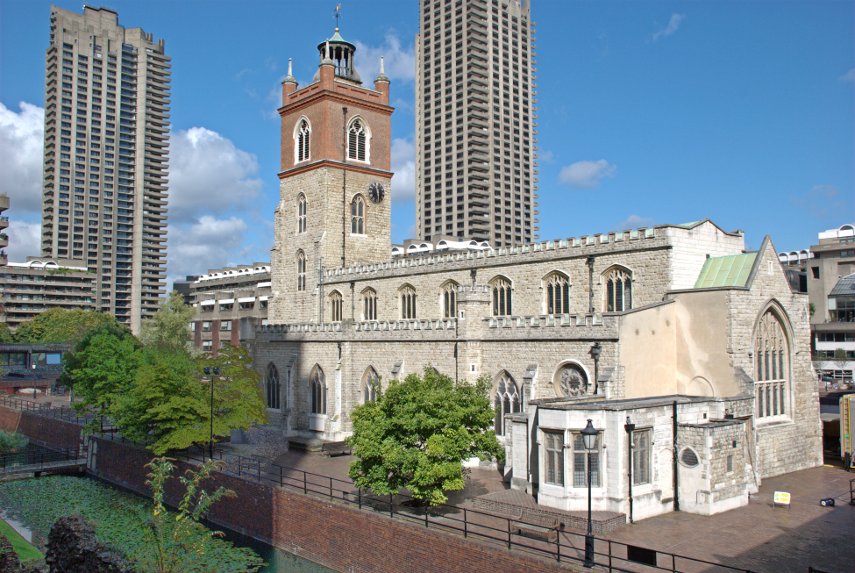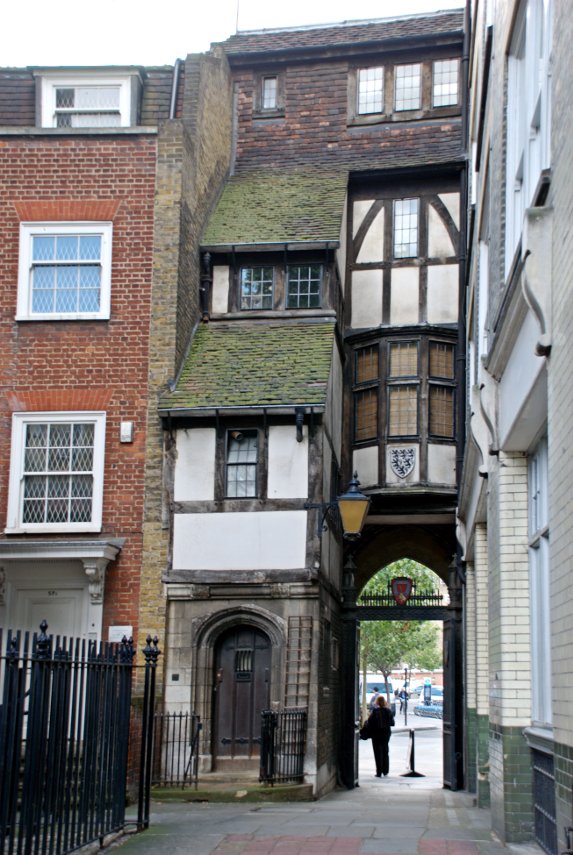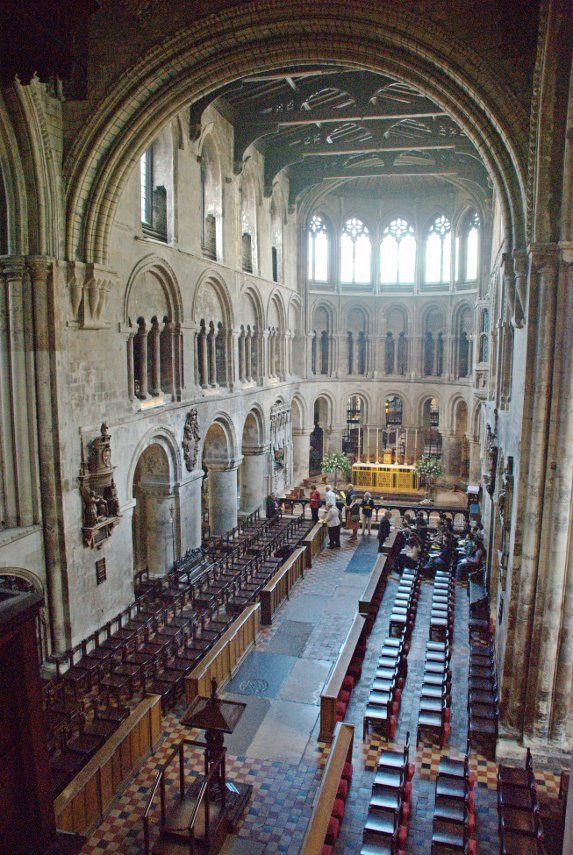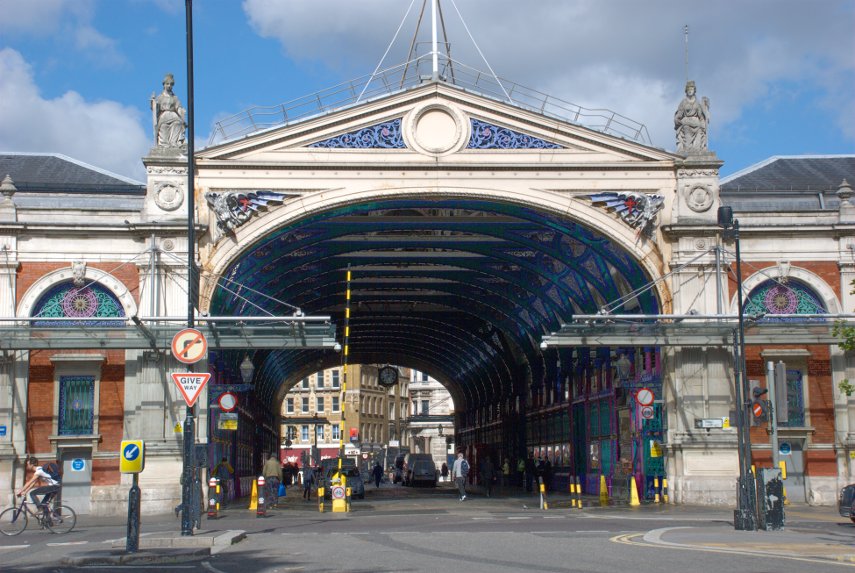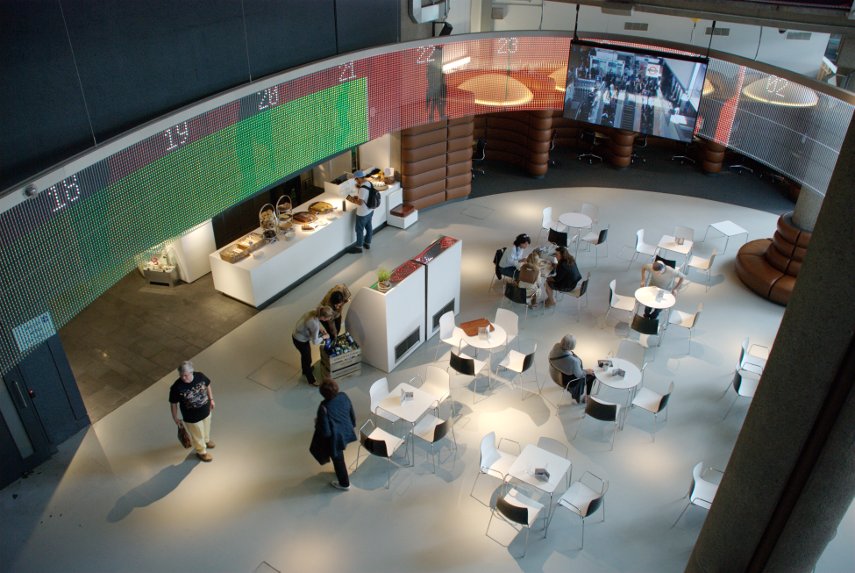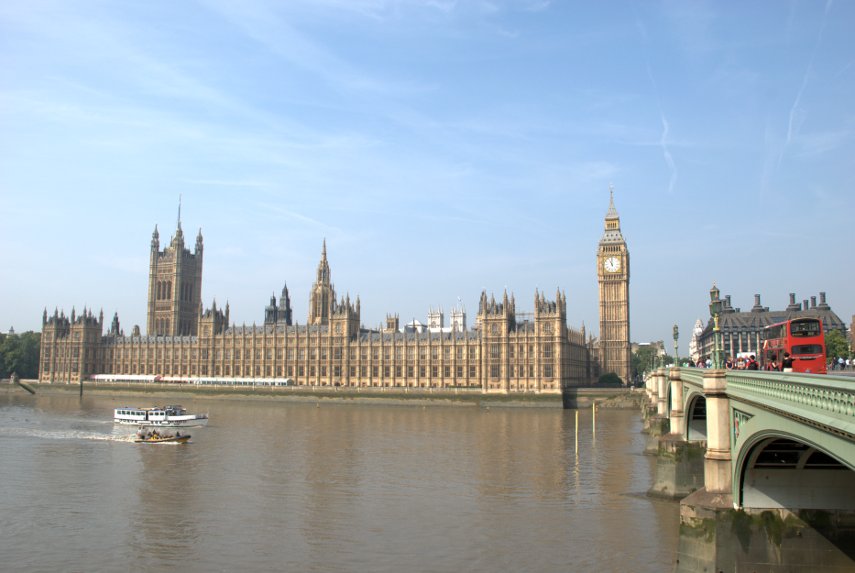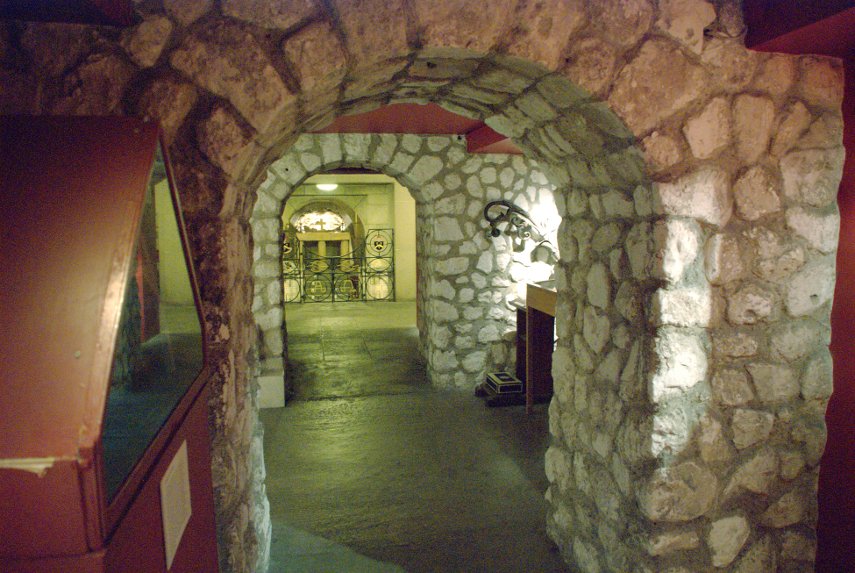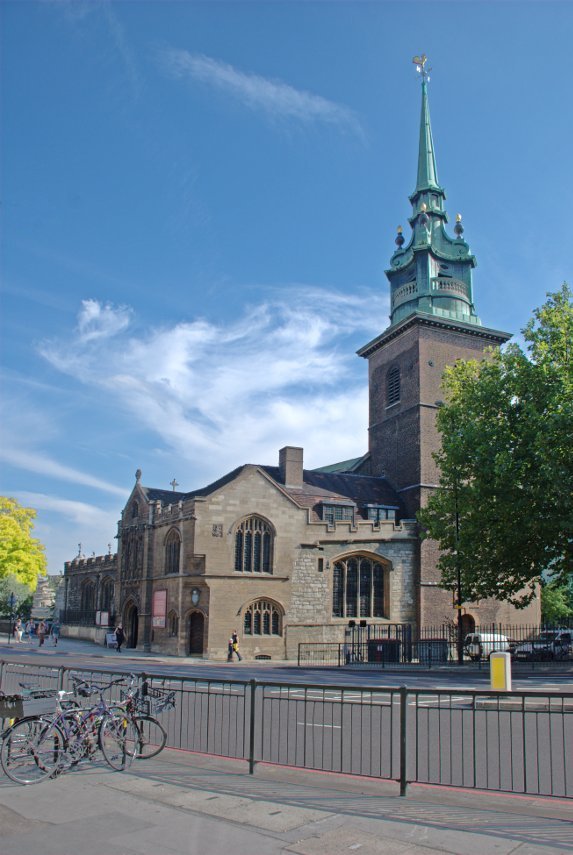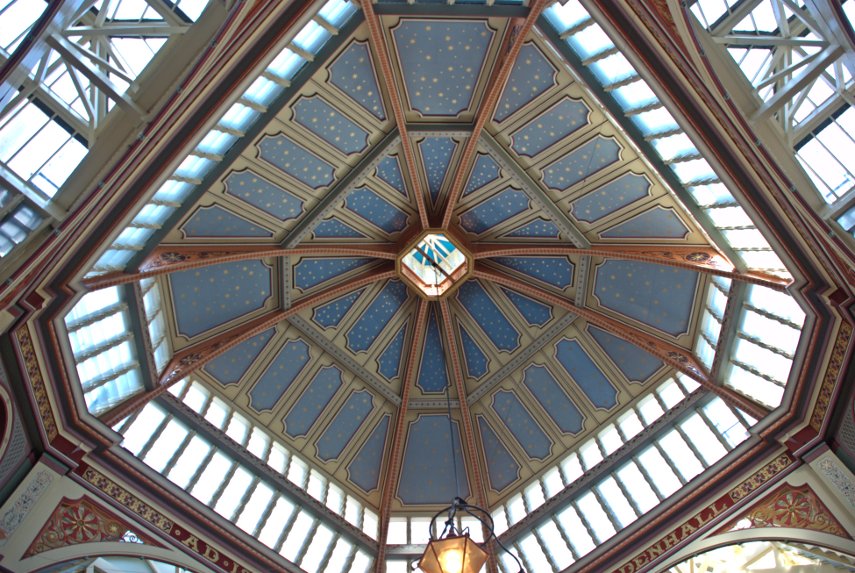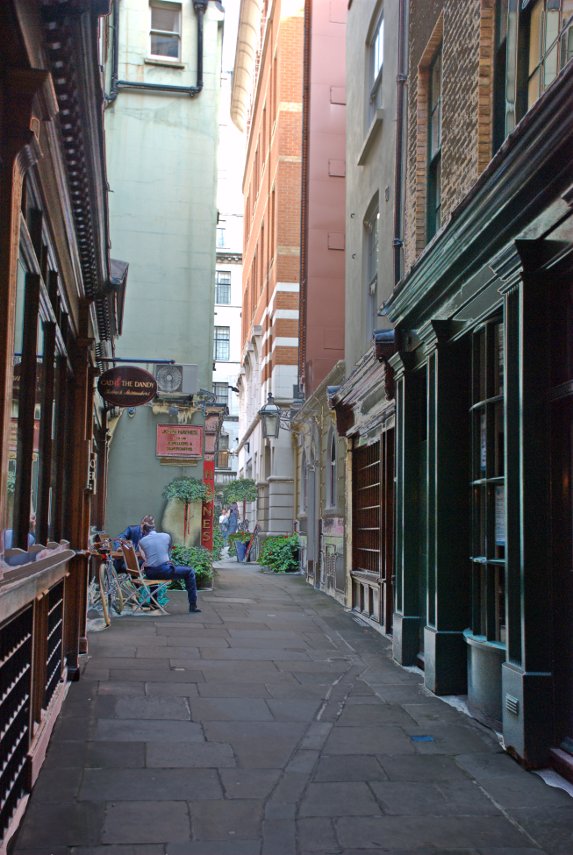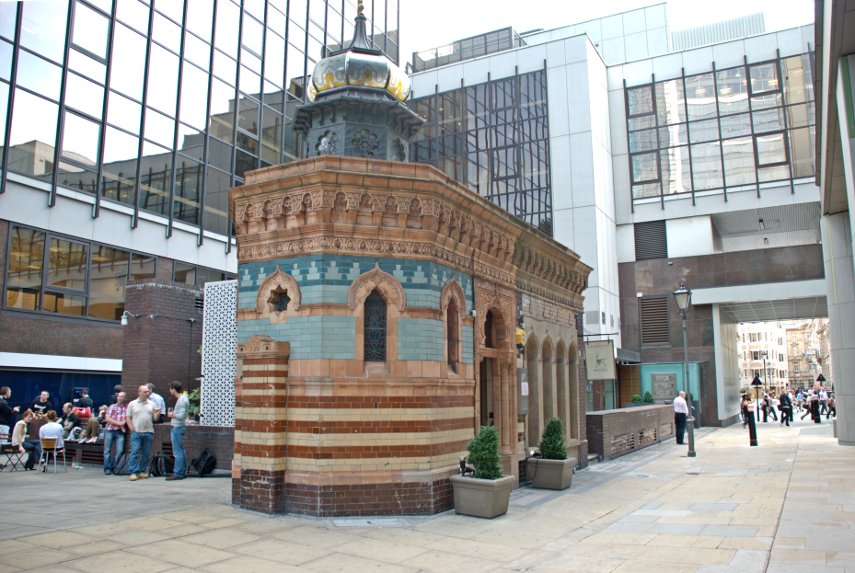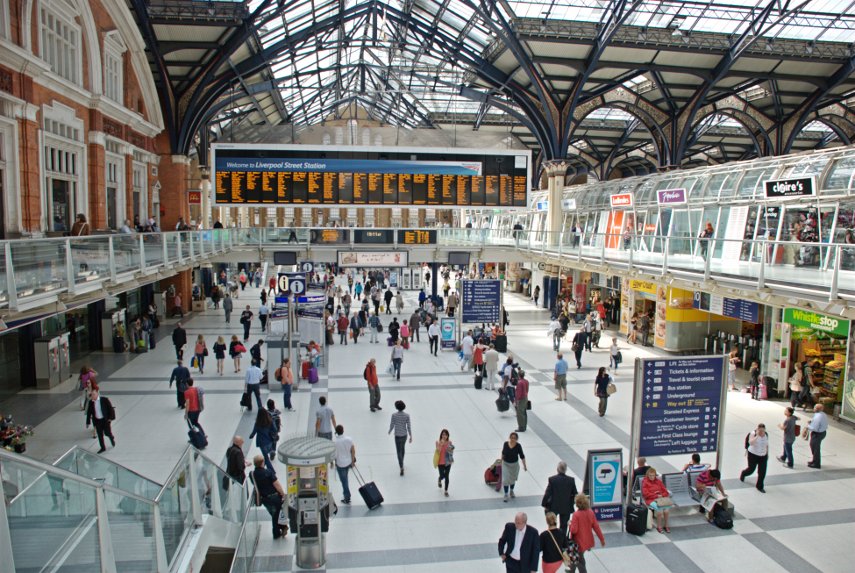The Republic of Texas
Just in case you wondered, the subject heading is relevant and we'll get to it later.
Days where the sun has been out for most of the day have been few and far between this year and, we are told, this summer has been the wettest for 100 years so we couldn't afford to miss the opportunity of a sunny day. We woke on Friday morning to a clear sky and made preparations to go to London. Having arrived at our local railway station a good ten minutes before the train was due to leave we thought that we had plenty of time until, that is, we saw the queue for the ticket office. We have never seen such a long queue here. Normally we wouldn't expect to see more than 3 people queuing at most and very often there is no one waiting at all. We assumed that it must be people going to the Paralympics as Stratford is the last stop before Liverpool Street Station. Our train was due to depart at 09:23 and we were worriedly watching the clock as we moved all too slowly towards the ticket office which we reached about 09:23, although our train hadn't arrived yet, and bought our tickets. The train came in about two minutes late – phew!
The train stopped at Stratford and the Olympic Park didn't seem to be very busy at this time of day and we continued to Liverpool Street Station arriving about 10:20. On the western side of Liverpool Street Station there is a row of doorways each of which has a bus stop by it and one of those buses is the number 11 which we were going to catch.
The No. 11 is quite a good sightseeing route so we went to the upper deck and found a seat at the front. The bus leaves Liverpool Street Station along Sun Street, crosses London Wall into Old Broad Street and thence along Threadneedle Street to Bank. From there we go down Victoria Street, fork right into Cannon Street and eventually pass this:
Do I need to tell you where we are? I don't think so.
Along Ludgate Hill, Fleet Street and past the Royal Courts of Justice:
Along Strand to Aldwych where we got off. The bus goes on to Fulham Broadway via Trafalgar Square and Westminster which would be the last of the sightseeing route. Who needs a tour bus?
We now walked north up Kingsway, turned right into Portugal Street then eventually left into Portsmouth Street which runs up towards Lincolns Inn Fields. The building in Portsmouth Street that we came to see was this:
The Old Curiosity Shop with its jettied upper storey and wooden beams dates from the 16th century and is probably the oldest shop in central London. It has been suggested that this was the inspiration for Dickens' novel but there is no evidence to support this idea. Made using the wood from old ships the building miraculously survived the the Great Fire of 1666 and the bombs of the Second World War.
From there we walked through the side streets and made our way towards Trafalgar Square passing through Covent Garden Market on the way.
There were two noticeable differences compared with when I was here last. There are Olympic flags suspended under the roof (no surprises there) and there seemed to be few people. When I was last here it was positively seething.
We eventually entered Trafalgar Square at a point right next to St. Martin-in-the Fields. As it was now 11:00 we decided to go into the crypt cafe for some coffee. There are also toilets down there and there is nothing to stop you walking in off the street and using them like public toilets. However, as we discovered, there is a prominent notice in the toilets which explains that it costs £32,000 annually to maintain them and although they have no objection to you using them in that way they do hope that you will either buy something in the cafe or shop or at least leave a donation in their donations box. Pretty generous I thought.
We left Trafalgar Square via Pall Mall and part way along Pall Mall we had a look in the Royal Opera Arcade. Just ignore the strange woman looking in the window.
Where Pall Mall turns into St. James's Street we saw the main gate of St. James's Palace which is the gatehouse from the palace of Henry VIII and is, of course, Tudor.
We turned up St. James's Street and on the corner of St. James's Street and Pall Mall we saw this old shop.
Berry Bros. & Rudd is one of Britain's oldest wine and spirit merchants and in 1698, the building dates from that time, opened its doors for the first time at 3 St. James's Street, London and it still trades from the same premises.
Note the alleyway on the left-hand side. That is Pickering Place and at the far end is a small very attractive courtyard. This is the view down the passageway with the courtyard showing at the far end. The timber construction of Berry's old shop can be seen in the wall.
Before we go into the courtyard can you see that little metal plaque on the wall? Well this is what it says:
It's amazing what one can find in London. And so we go into the courtyard.
Having left the courtyard, and the Republic of Texas, we went a little further along St. James's Street to Blue Ball Yard on the opposite side of the street.
Those buildings, apparently, are stables built in 1742 which have now been converted into living accommodation. I imagine that originally the stables would have been at ground level and accommodation for the staff above.
Further up St. James's Street we came across a modern development called the Economist Plaza. It wasn't really of interest to us but we wandered across it and went down some steps on the other side which were made of some very obviously fossiliferous polished limestone which was absolutely stuffed with fossils.
Having emerged into Bury Street we walked up into Jermyn Street where a little further along we first came to this statue of Beau Brummel.
One of the reasons this statue is here is that Jermyn Street is stuffed with tailors shops and, further along still, we came to this shop.
It is, I have to admit, a rather boring shop but they make and supply my shirts. I thought you might like to know that. ![]() Beau Brummel eat your heart out.
Beau Brummel eat your heart out.
We then went up into Piccadilly and shortly after came to Hatchards Bookshop.
It is known world-wide among those who like books and bookshops and the other reason I mention it is because Amanda's maiden name was Hatchard. You may notice that I'm standing in the road in order to take the photograph and Piccadilly is a very busy road but I managed to take this one picture just before I was run over by a bus.
A few yards along is the Fortnum and Mason department store and opposite is Burlington Arcade. If you have more money than you know what to do with then these are good places to shop.
We walked further west along Piccadilly until we reached Albemarle Street and walked north up there until we reached the Royal Institution.
The Royal Institution is an independent charity dedicated to connecting people with the world of science and this building houses the Faraday Museum. They are most famous for their Christmas Lectures which were started by Michael Faraday in 1825.
Michael Faraday (1791 – 1867) was an English scientist who contributed to the fields of electromagnetism and electrochemistry. His main discoveries include that of electromagnetic induction, diamagnetism and electrolysis. The Faraday Museum details some of his experiments.
The Royal Institution also has a nice little cafe, where we had lunch, and toilets and if you are lucky enough to visit on a day when there are no lectures being held, as we were, then you may visit the lecture theatre where Faraday gave his first Christmas Lecture.
Impressive!
We moved on further west towards Shepherd Market passing through Berkeley Square on the way but didn't hear any nightingales. ![]() Shepherd Market is a small village-like area with a maze of narrow streets and lanes. Running parallel to White Horse Street is Half Moon Street where the fictional Bertie Wooster (the perfect upper-class Mayfair resident and his faithful valet Jeeves of P.G. Wodehouse's novels) lived.
Shepherd Market is a small village-like area with a maze of narrow streets and lanes. Running parallel to White Horse Street is Half Moon Street where the fictional Bertie Wooster (the perfect upper-class Mayfair resident and his faithful valet Jeeves of P.G. Wodehouse's novels) lived.
In the 1920s Shepherd Market was considered to be London's most fashionable and opulent district by the city's bourgeois social elite. Shepherd Market remains a peculiar and curious collection of charming alleyways, eclectic cuisine, 18th century pubs and discreet residences.
Leaving Shepherd market and moving further west we arrive at Hyde Park Corner with the Wellington Arch.
We decide that we will now catch a No. 9 bus to the Royal Albert Hall as our last port of call which we do.
You may notice that the cloud has increased somewhat. It was forecast to increase by about 6:00 PM but it has arrived a bit earlier so the sun is fading fast and so are we. We decide to call it a day and head back to the station first on the No. 9 as far as Aldwych and then the number 23 to Liverpool Street.
We go back through Hyde Park Corner, Piccadilly, St. James's Palace and Pall Mall, Trafalgar Square, Aldwych, Fleet Street and past the Old Exchange thence to Liverpool Street Station and home.
An enjoyable day.


